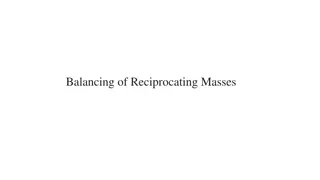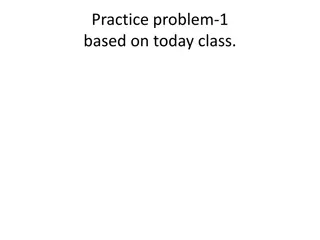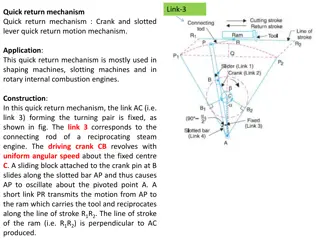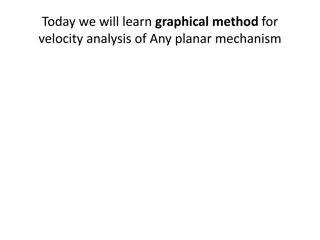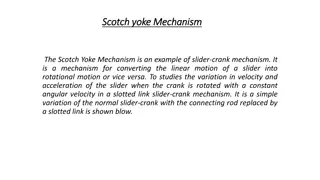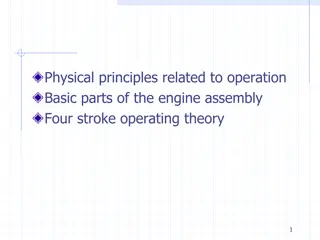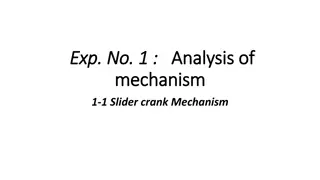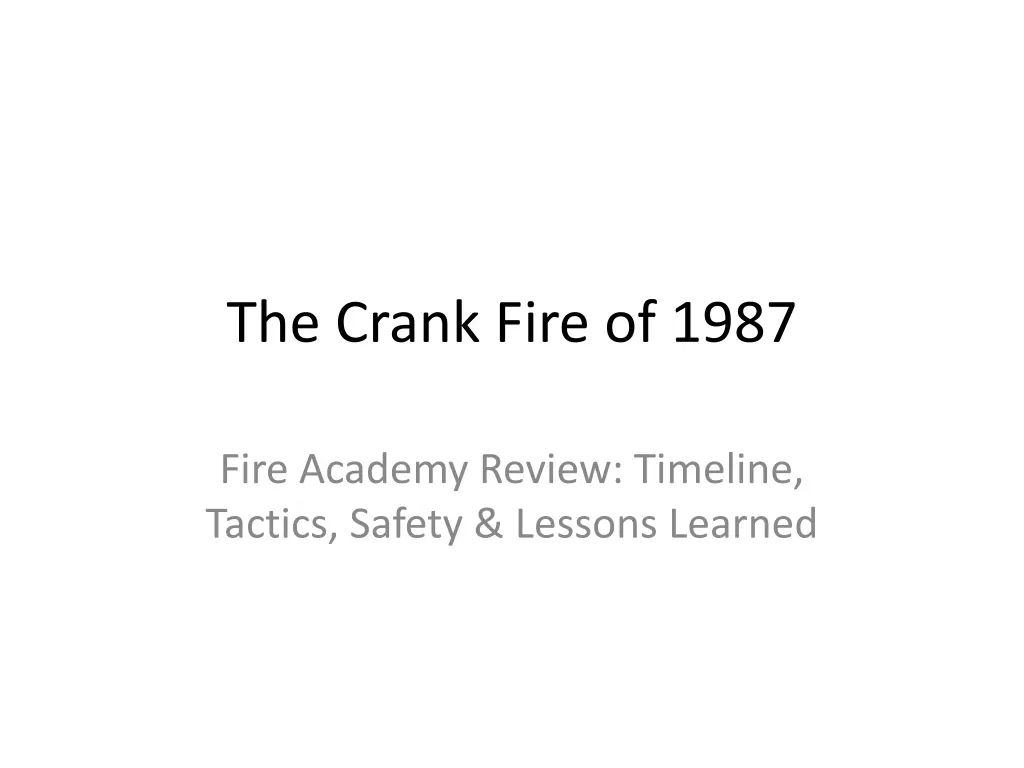
Crank Fire of 1987: Timeline, Tactical Review & Lessons Learned
Explore the events of the Crank Fire that occurred in 1987 in Modoc National Forest, California. Discover the fire behavior, incident timeline, entrapment details, tactical decisions, contributing factors, and valuable lessons learned from this historical wildfire event.
Download Presentation

Please find below an Image/Link to download the presentation.
The content on the website is provided AS IS for your information and personal use only. It may not be sold, licensed, or shared on other websites without obtaining consent from the author. If you encounter any issues during the download, it is possible that the publisher has removed the file from their server.
You are allowed to download the files provided on this website for personal or commercial use, subject to the condition that they are used lawfully. All files are the property of their respective owners.
The content on the website is provided AS IS for your information and personal use only. It may not be sold, licensed, or shared on other websites without obtaining consent from the author.
E N D
Presentation Transcript
The Crank Fire of 1987 Fire Academy Review: Timeline, Tactics, Safety & Lessons Learned
Overview Occurred: August 30, 1987 Location: Modoc National Forest, California Part of the 'Siege of 1987' with over 1,600 fires Caused by lightning strikes in severe dry conditions
Fire Behavior & Spread Steep terrain, dry fuels, and shifting winds Rapid fire growth and unpredictable conditions Limited visibility and high heat intensities
Incident Timeline August 30: Lightning ignites multiple fires Crank Fire begins spreading rapidly Firefighters deployed under urgent conditions Entrapment occurs during tactical repositioning
Entrapment Incident 3 engines and 1 hand crew were overrun 25 firefighters deployed fire shelters Under shelters for 40-45 minutes Suffered burns, smoke inhalation, eye irritation
Fire Shelter Deployment Demonstrated effectiveness under extreme conditions Shelters were last resort but saved lives Prompted review of training and shelter design
Tactical Decisions Initial strategy: direct attack and engine support Challenging terrain led to reroutes Entrapment occurred due to sudden wind shifts Need for real-time situational awareness
Contributing Factors Limited communication across divisions Unexpected fire behavior due to shifting winds Dry brush and fuel-loaded terrain Multiple simultaneous incidents straining resources
Lessons Learned Importance of up-to-date weather monitoring Continuous LCES (Lookouts, Communication, Escape Routes, Safety Zones) Drills for shelter deployment under pressure Criticality of clear leadership in crisis
Impact on Policy & Training Influenced future wildland fire shelter guidelines Enhanced situational awareness protocols Led to improved communication systems in wildland fire ops
Video Evidence Footage from a fixed-wing aircraft during the burnover captured the event and influenced post-incident review and training protocols.
Conclusion The Crank Fire is a case study in wildland firefighting risk Quick decisions, shelter use, and luck saved lives Training and vigilance are key to prevention
Sources Wildland Fire Lessons Learned Center https://lessons.wildfire.gov/incident/crank- fire-1987 Wildfire Today YouTube: Crank Fire Burnover Footage



